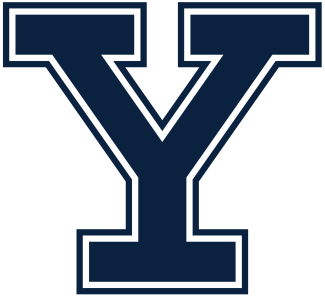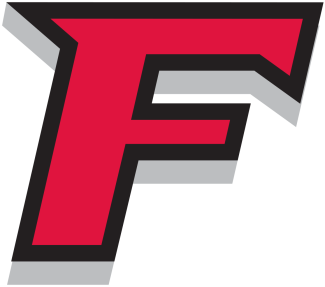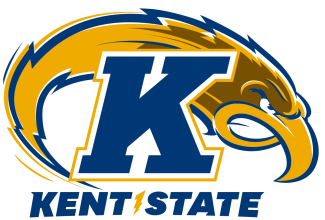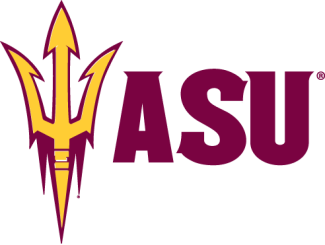Other players from Wesleyan, and other NESCAC teams, who elected not to play this spring are keeping sharp by playing self-regulated club lacrosse twice a week in South Carolina. (Several Ivy League players have taken similar measures, though their base of operations is in Florida.) Living in a small community of houses, the displaced players have formed their own league of sorts to keep their competitive spirit up and maintain their commitment to return to their respective institutions next fall, circumstances permitting.
As a result, the 2021 version of the Wesleyan men’s lacrosse team will look very different from what it was originally intended to be. The spine of the team is still intact for the most part, as the majority of the senior class committed to play this season. All told, 12 seniors are back, including short stick defensive midfielder Sean Penney (also a running back on the Wesleyan football team), midfielders Shayne Gallagher and Logan Geller, as well as power shooter Ronan Jacoby.
Jacoby, who is slated to join Rutgers next year, will be the focal point of the offense and is projected to play in multiple positions for the Cardinals. In fact, several players will be forced into different roles.
“You may score a goal and then be told to go back and play some defense,” Raba said. “You know, that’s how we have to do it. So, don’t be shocked if you see Ronan Jacoby playing midfield. You may see a lot of players coming out of the box or even getting time on defense. When you have the small number that are all going to get the reps, you want the communication to be really good. You can’t really hide.”
Some of the new players on the roster have been added from the hockey and football programs at the school, but each of them has high school lacrosse experience. As a result, Raba and his staff were able to integrate new members of the squad with only a modicum of pain. Although during the first practice, the coaching staff had to count the number of players multiple times just to make sure they had enough to prepare the way they have been accustomed to preparing.
Freshman Brett Nelson is a 6-5, 280-pound lineman from the football team who will serve as the backup netminder. Long snapper Jack Devlin, a freshman defender from the Westminster School, is actually a lacrosse recruit. Of the multiple hockey players on the roster, Michael Kerbrat (Deerfield Academy) and Stephen O’Connor (Milton Academy) will contribute to the Cardinals’ rope unit. Sophomore Zach Mouzakes (Albany Academy) will add long stick midfield depth.
An all-hockey defensive lacrosse grinder line? Absolutely.
Playing with a smaller squad isn’t unique to the Cardinals. Several other NESCAC teams will have to adjust their styles and personnel decisions, too. However, the overwhelming experience — and exuberance — of the Wesleyan coaching staff may be the thing that separates them from their counterparts.
“It also challenges our staff,” Raba said. “We love it. We’ve seen it all; we’ve been around for most ups and downs. This is definitely a different type of challenge that is really making us think, and it’s exciting. The fun part will be managing the game itself. We will prepare more and compete hard. Give us everything you got and if you do those things, we think we have enough talent to compete with everybody, regardless of being out-manned.”


























































